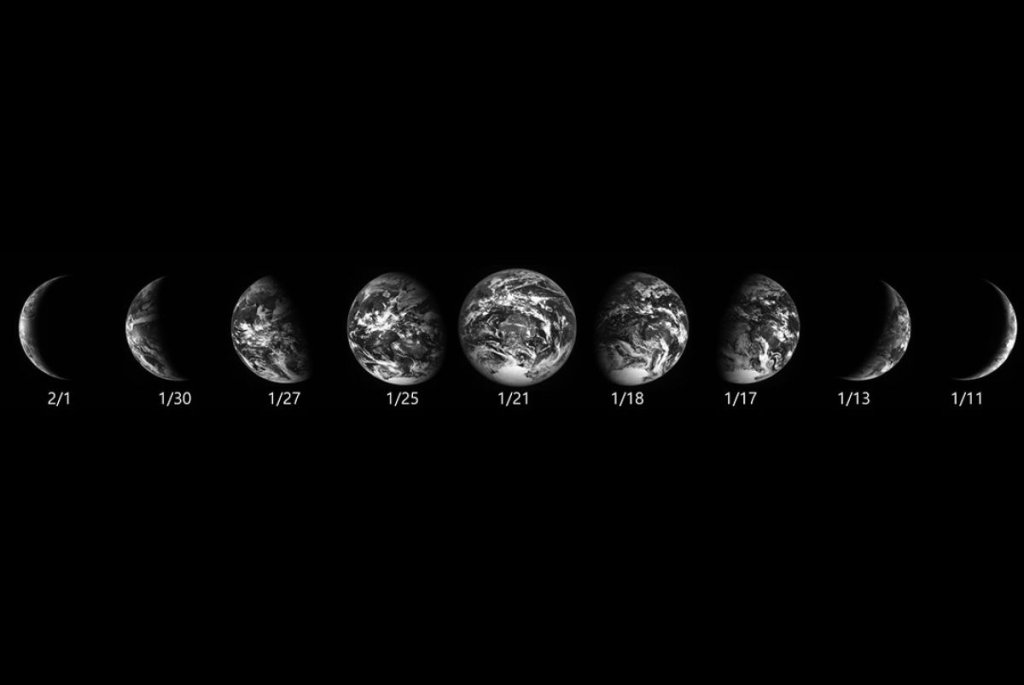South Korea’s first moon mission is now fully operational and unveiling new views of the Earth and moon from lunar orbit.
The Korea Pathfinder Lunar Orbiter (KPLO), also known as Danuri, arrived in low lunar orbit in mid-December and delivered a first batch of stunning images in January.
The spacecraft has been quietly continuing its science work since then. The Korea Aerospace Research Institute (KARI) released a new set of Danuri images via Twitter on Sunday (opens in new tab) (Feb. 12), showing detailed views of Vallis Rheita, taken on Jan. 5, Mare Imbrium (Jan. 10), Oceanus Procellarum (Jan. 13) and a series of images showing the phases of Earth, as seen from lunar orbit.
Related: South Korea’s moon mission snaps stunning Earth pics after successful lunar arrival
Danuri launched aboard a SpaceX Falcon 9 rocket in early August last year, eventually achieving its intended orbit on Dec. 27. The probe began its full operational phase on Feb. 4, according to an update that KARI posted on Facebook.
The spacecraft is also carrying the NASA-funded ShadowCam instrument, which is designed to peer into craters on the moon whose floors do not receive direct sunlight.
ShadowCam is derived from cameras aboard NASA’s Lunar Reconnaissance Orbiter but is 200 times more light-sensitive, allowing it to pick up light reflected off crater walls and peaks to provide unprecedented views into permanently shadowed regions, or PSRs.
ShadowCam has snapped a series of images of Shackleton Crater at the lunar south pole, revealing a detailed view of the permanently shadowed wall and floor of the crater. The tests are designed to calibrate and test the camera’s functionality as part of an operational checkout period that will conclude before the end of February, according to NASA.
High-resolution images collected by ShadowCam could provide clues about lunar evolution, water trapped as ice in shadowed regions, and even assist site selection for crewed Artemis missions, according to NASA.
Follow us on Twitter @Spacedotcom (opens in new tab) or on Facebook (opens in new tab).

